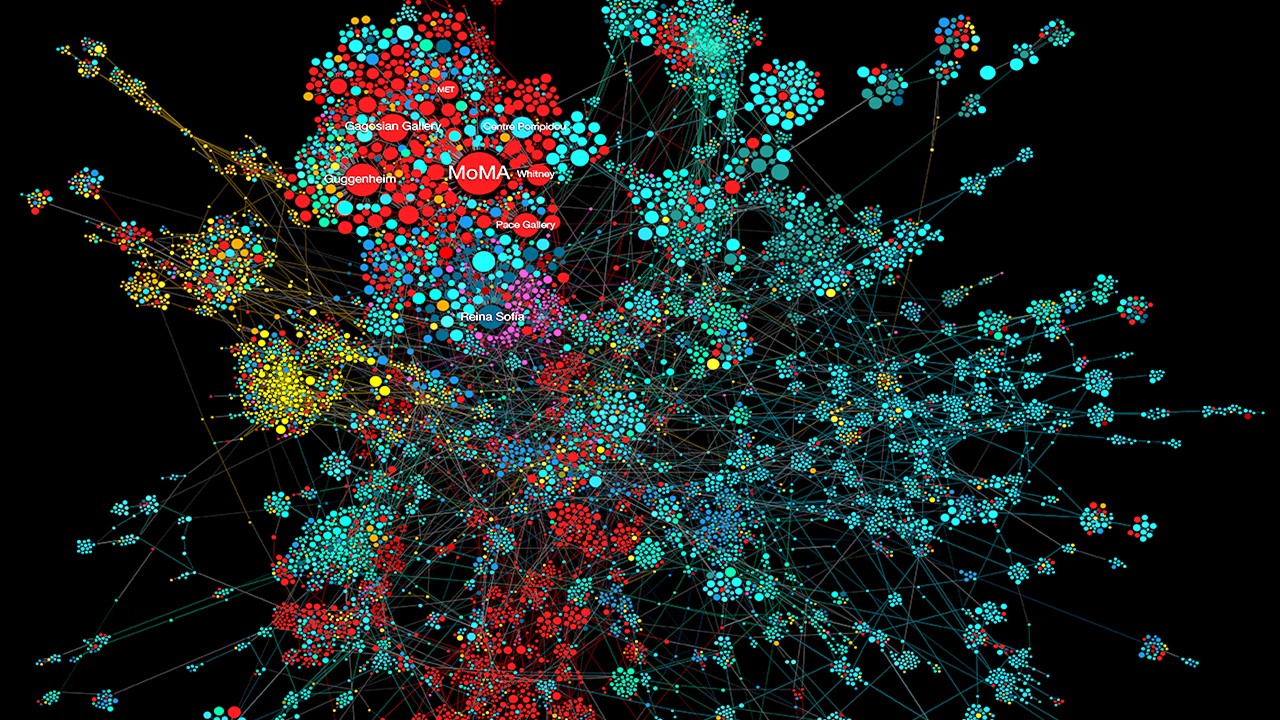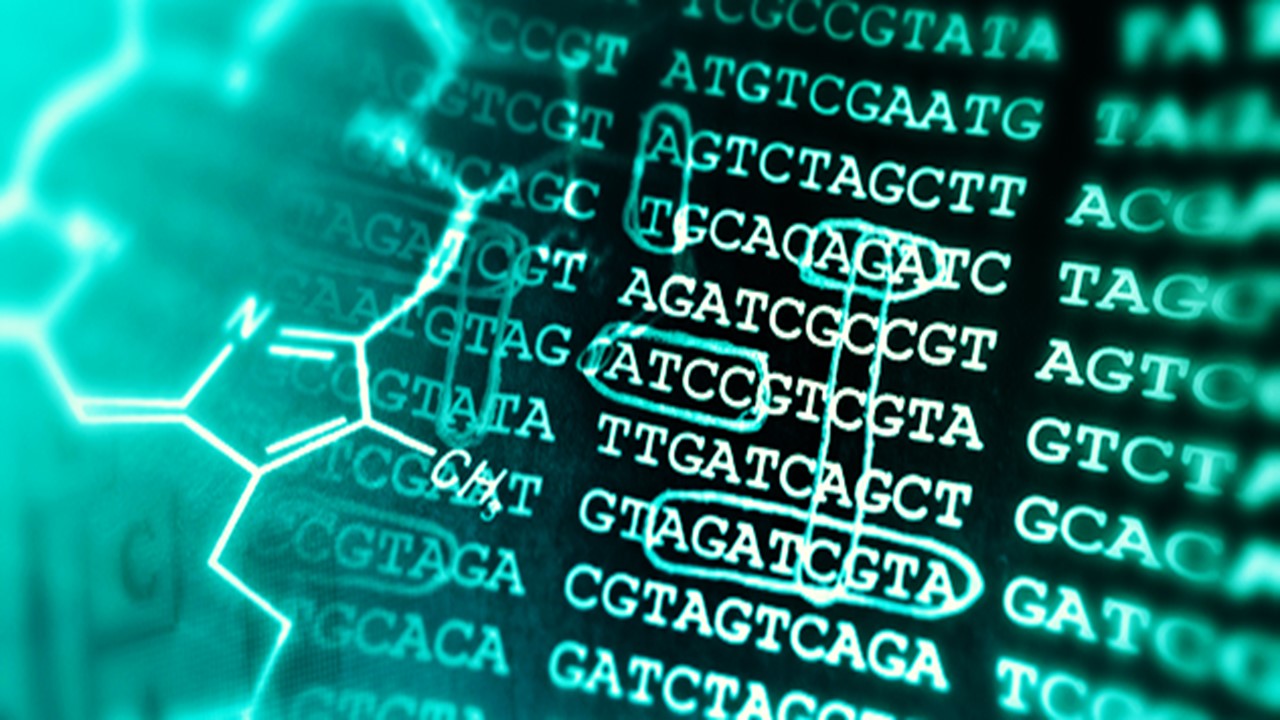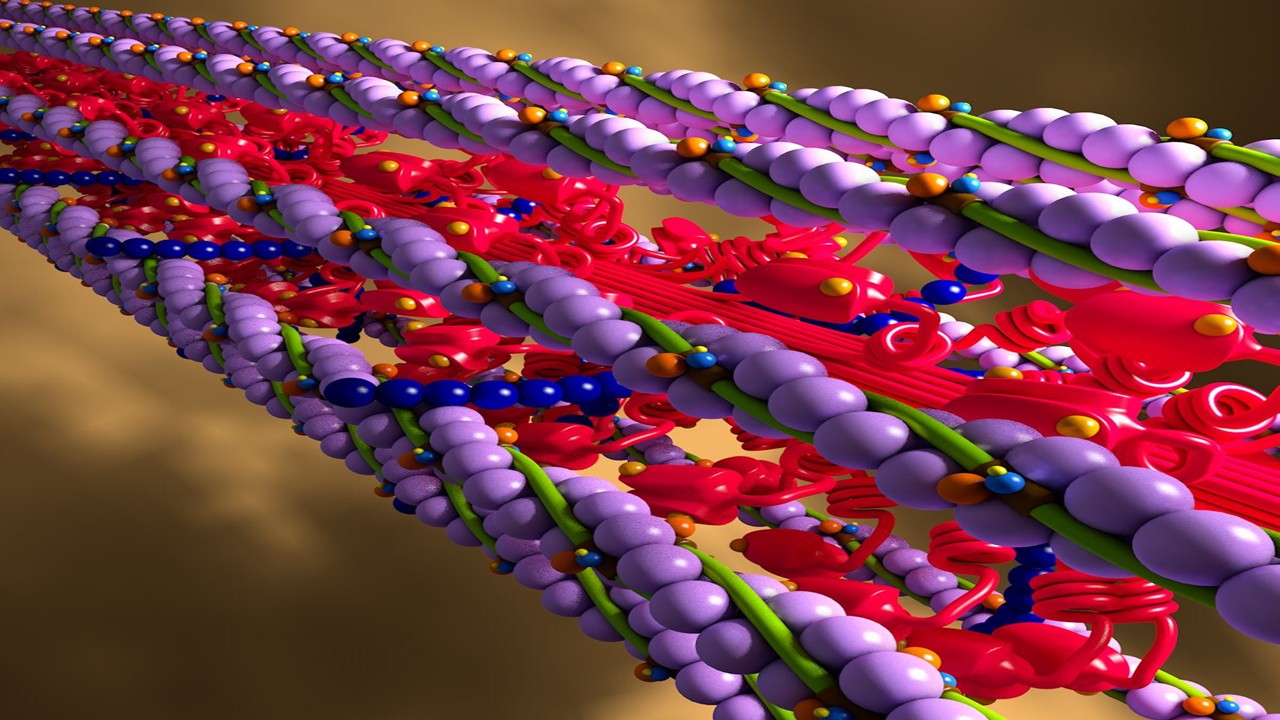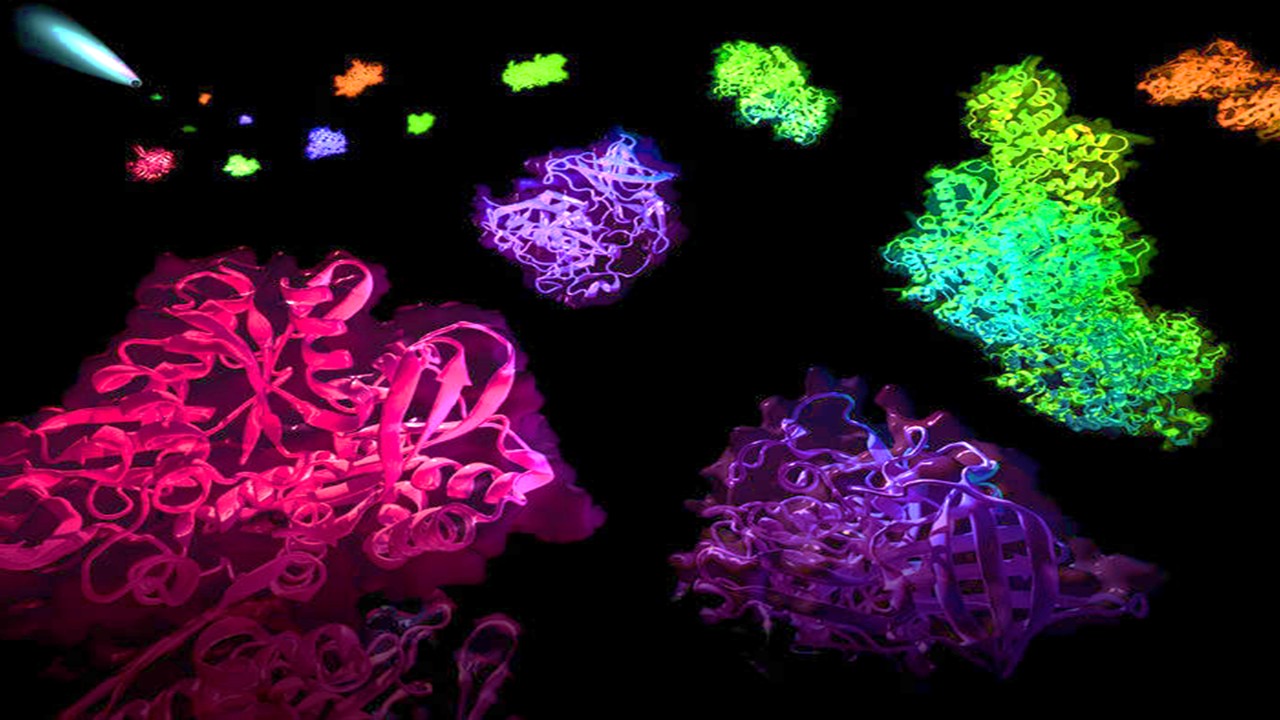In the post-genomic era, non-coding RNAs (ncRNAs) have emerged as key regulators of gene expression and crucial players in various cellular processes, challenging the long-held dogma that RNA’s primary function was limited to serving as a messenger between DNA and proteins. The study of ncRNAs has revolutionized molecular biology, highlighting their regulatory roles in processes such as chromatin remodeling, gene silencing, and translation. Despite lacking protein-coding capacity, ncRNAs—such as microRNAs (miRNAs), long non-coding RNAs (lncRNAs), and small interfering RNAs (siRNAs)—carry out myriad essential functions in health and disease. The exploration of these versatile molecules has sparked the development of innovative experimental and computational methodologies, pushing the boundaries of modern molecular biology.
Technological Innovations for Decoding Non-Coding RNAs
The rapid pace of ncRNA research has been propelled by the advent of several key experimental techniques. Among the most influential is RNA sequencing (RNA-seq), a high-throughput method that has become indispensable for researchers aiming to quantify the abundance and diversity of RNA species within a given sample. This technique enables comprehensive transcriptome profiling, including the identification of both known and novel ncRNAs. By providing an expansive view of RNA expression patterns, RNA-seq has shed light on the dynamic regulatory roles of ncRNAs under different physiological and pathological conditions.
Another cornerstone of ncRNA research is Northern blotting, a classical method for detecting and quantifying RNA molecules based on their size and sequence. Although considered somewhat labor-intensive and time-consuming, Northern blotting remains a gold standard for validating the presence and integrity of specific RNAs, offering exceptional specificity that complements high-throughput methods like RNA-seq.
For spatially resolving RNA molecules within cells and tissues, RNA fluorescence in situ hybridization (RNA-FISH) has proven to be an invaluable technique. By utilizing fluorescent probes that bind to specific RNA sequences, RNA-FISH enables researchers to visualize the subcellular localization of ncRNAs, providing key insights into their functional roles within distinct cellular compartments. The technique is particularly useful for understanding how ncRNAs regulate processes such as localized translation and chromatin architecture.
The advent of CRISPR/Cas9-mediated knockdown and editing has revolutionized the ability to manipulate ncRNA expression with unparalleled precision. This genome-editing tool allows researchers to selectively disrupt or modify ncRNA loci, enabling functional studies that elucidate the roles of these molecules in gene regulation, development, and disease. CRISPR-based approaches have opened new avenues for understanding how ncRNAs interact with other cellular components to orchestrate complex biological processes.
For investigating the interactions between ncRNAs and proteins, techniques such as RNA pull-down and RNA immunoprecipitation (RIP) have become instrumental. RNA pull-down involves using biotinylated RNA probes to capture specific proteins that bind to a particular ncRNA, offering a direct way to study ncRNA-protein interactions. Meanwhile, RIP employs antibodies to isolate RNA-protein complexes from cells or tissues, facilitating the identification of ncRNAs that interact with specific proteins. These techniques are critical for elucidating the molecular mechanisms by which ncRNAs exert their regulatory functions.
Further, small RNA sequencing is a specialized form of RNA-seq designed to measure the abundance and diversity of small RNAs, including miRNAs and siRNAs. These short RNA molecules play pivotal roles in gene silencing and post-transcriptional regulation, making small RNA sequencing an essential tool for decoding the complexities of RNA interference and other silencing pathways.
To assess the translational activity of RNA, ribosome profiling has emerged as a powerful technique. This method involves sequencing ribosome-protected fragments of RNA, providing insights into the efficiency with which different mRNAs—and, by extension, ncRNAs—are translated into proteins. Ribosome profiling has unveiled novel regulatory roles for ncRNAs in modulating translation, further underscoring their importance in gene expression.
For probing the interaction between ncRNAs and chromatin, chromatin isolation by RNA purification (ChIRP) is employed. This technique allows researchers to identify genomic loci that are bound by specific ncRNAs, thereby revealing how ncRNAs influence chromatin organization and gene regulation. By isolating chromatin associated with ncRNAs, ChIRP provides a window into the epigenetic regulatory functions of these versatile molecules.
Computational Tools for Unraveling the Functional Complexity of Non-Coding RNAs
As experimental techniques generate ever-increasing amounts of data, bioinformatics tools have become indispensable in the analysis and interpretation of ncRNA functions and interactions. Among the foundational resources for ncRNA research is Rfam, a comprehensive database that classifies both coding and non-coding RNA families. Rfam allows researchers to annotate newly identified ncRNAs by comparing them to known RNA families, thus facilitating functional predictions based on evolutionary conservation.
Complementing Rfam is miRBase, a specialized database for microRNA sequences, structures, targets, and functions. miRBase is particularly useful for studying miRNAs, which are small regulatory RNAs that play key roles in gene silencing. The database provides detailed annotations of miRNA sequences, as well as tools for predicting their target mRNAs, enabling researchers to explore miRNA-mediated regulatory networks.
For researchers interested in RNA structure, RNAfold is a widely used computational tool that predicts RNA secondary structures based on thermodynamic principles. Accurate secondary structure predictions are critical for understanding how ncRNAs fold into biologically active conformations, which often underlie their functional roles. RNAfold has been instrumental in advancing our understanding of the structural diversity of ncRNAs, including long non-coding RNAs (lncRNAs) and circular RNAs (circRNAs).
To analyze the complex networks of interactions involving ncRNAs, tools such as Cytoscape are invaluable. Cytoscape allows researchers to visualize and analyze the intricate webs of interactions between ncRNAs, mRNAs, proteins, and other cellular components. By mapping these networks, researchers can identify key regulatory hubs and pathways in which ncRNAs are involved, offering insights into how these molecules contribute to cellular signaling and gene regulation.
For investigating RNA-protein interactions, a suite of CLIP-seq analysis tools has emerged. CLIP-seq (cross-linking immunoprecipitation sequencing) is a high-throughput technique for identifying RNA molecules that interact with specific proteins. Bioinformatics tools like CIMS, PIPE-CLIP, and Piranha provide algorithms for analyzing CLIP-seq data, allowing researchers to dissect the functional implications of RNA-protein complexes with high resolution.
As the field of ncRNA research expands, databases like RNAcentral have become critical resources. RNAcentral serves as a unified repository for RNA sequences, structures, and annotations from multiple sources, providing a comprehensive platform for studying all types of RNAs, both coding and non-coding. Similarly, lncRNAdb offers a specialized database for long non-coding RNAs, curating detailed information on lncRNA sequences, structures, and functions.
Other important databases include NPInter, which catalogs experimentally validated ncRNA-protein interactions, and miRNApath, a web-based tool for predicting miRNA-target interactions and their associated functional pathways. These resources facilitate the study of ncRNA-mediated regulatory networks, highlighting their roles in cellular processes ranging from signal transduction to gene silencing.
For researchers focused on deep-sequencing data, deepBase provides a wealth of annotations and analyses for ncRNAs, including miRNAs, lncRNAs, and circRNAs. The database enables the exploration of ncRNA expression patterns across diverse biological contexts, offering a comprehensive view of their regulatory roles.
A Biotechnological Thrust That Can’t Be Stopped
As the field continues to expand, the therapeutic potential of ncRNAs is becoming increasingly apparent. RNA interference (RNAi), for instance, has already been harnessed as a therapeutic strategy to silence disease-causing genes using small interfering RNAs (siRNAs) or short hairpin RNAs (shRNAs). Additionally, emerging therapeutic approaches involving antisense oligonucleotides (ASOs) and miRNA mimics are showing promise in targeting dysfunctional ncRNAs implicated in various diseases, including cancer, cardiovascular disorders, and neurodegenerative diseases. These ncRNA-based therapies offer a precision medicine approach, enabling the selective targeting of aberrant gene expression pathways.
However, challenges such as delivery efficiency, stability, and off-target effects still need to be addressed before these therapies can be widely adopted. Nonetheless, the growing body of research points toward ncRNAs as a new frontier in therapeutic innovation, capable of modulating complex cellular processes with unprecedented specificity.
A True Promise of Genomic Hope
The exploration of non-coding RNAs represents one of the most exciting frontiers in modern biology. Through the synergistic application of experimental techniques and bioinformatics tools, researchers have begun to unravel the multifaceted roles that ncRNAs play in gene regulation, cellular homeostasis, and disease. As the technologies for studying ncRNAs continue to evolve, our understanding of these enigmatic molecules will deepen, revealing new layers of biological complexity. Ultimately, these advances will not only enhance our knowledge of fundamental molecular processes but also pave the way for novel therapeutic interventions targeting ncRNAs in diseases ranging from cancer to neurodegenerative disorders. The future of ncRNA research holds immense promise, offering a glimpse into the rich regulatory networks that govern life at the molecular level.
Engr. Dex Marco Tiu Guibelondo, B.Sc. Pharm, R.Ph., B.Sc. CpE
Editor-in-Chief, PharmaFEATURES

Subscribe
to get our
LATEST NEWS
Related Posts

Bioinformatics & Multiomics
Mapping the Invisible Arrows: Unraveling Disease Causality Through Network Biology
What began as a methodological proposition—constructing causality through three structured networks—has evolved into a vision for the future of systems medicine.

Bioinformatics & Multiomics
Open-Source Bioinformatics: High-Resolution Analysis of Combinatorial Selection Dynamics
Combinatorial selection technologies are pivotal in molecular biology, facilitating biomolecule discovery through iterative enrichment and depletion.
Read More Articles
Myosin’s Molecular Toggle: How Dimerization of the Globular Tail Domain Controls the Motor Function of Myo5a
Myo5a exists in either an inhibited, triangulated rest or an extended, motile activation, each conformation dictated by the interplay between the GTD and its surroundings.
Designing Better Sugar Stoppers: Engineering Selective α-Glucosidase Inhibitors via Fragment-Based Dynamic Chemistry
One of the most pressing challenges in anti-diabetic therapy is reducing the unpleasant and often debilitating gastrointestinal side effects that accompany α-amylase inhibition.













